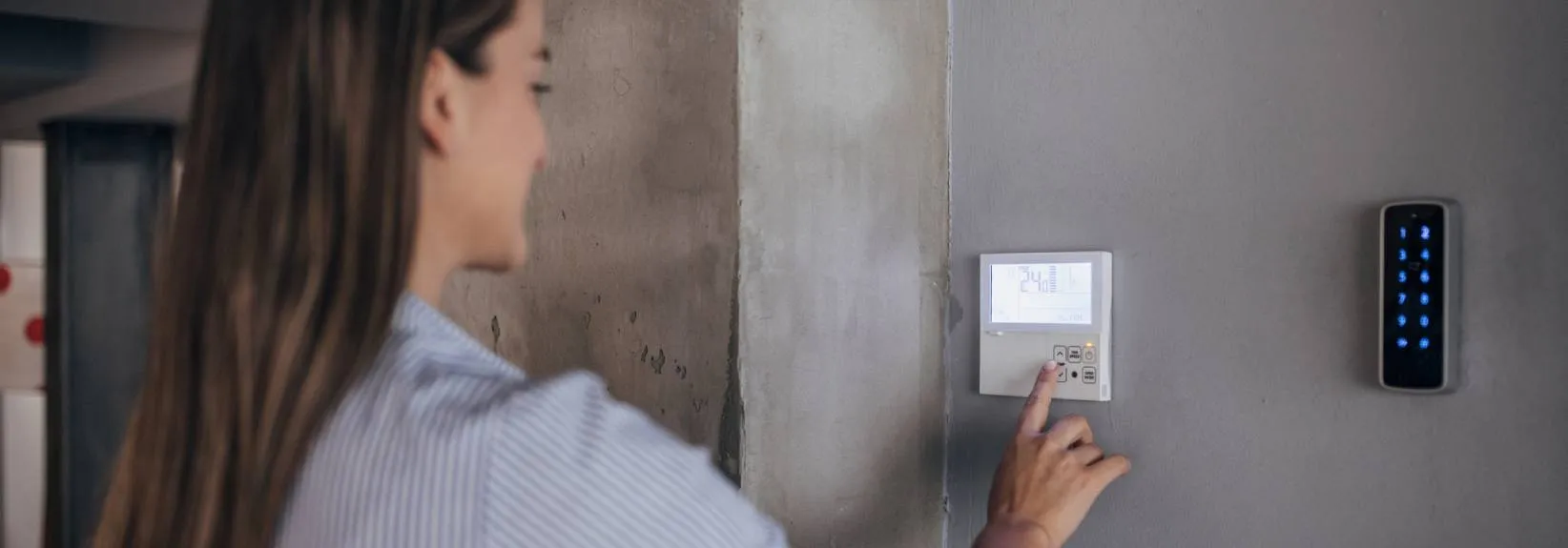What to Know About the New Federal Regulations for Energy Efficiency
The Department of Energy (DOE) continuously enacts rules focused on reducing energy consumption and pollution in the United States. With the newest 2023 HVAC regulatory changes now in effect, you might wonder if the changes impact new AC units, energy efficiency and the need to replace your existing AC system. Here are the answers to the most frequently asked questions on this topic.
Why Did the DOE Make HVAC Regulatory Changes?
The new guidelines, which took effect on January1, 2023, cover new AC units and heat pumps. These modifications are designed to standardize and optimize energy efficiency, produce more environmentally friendly options and establish new standards for refrigerants and testing methods.How Is Heating and Cooling Efficiency Measured?
All air conditioners and heat pumps have a seasonal energy efficiency ratio (SEER) indicating the level of cooling output over a regular cooling season (in British thermal units or BTUs) divided by the power consumed (in watt-hours). The higher the SEER rating, the more energy efficient the unit is, as it can remove the same quantity of heat using a lesser amount of energy. This rating method has been an industry standard since the 1970s, enabling consumers to easily compare different AC units and choose ones that meet their energy efficiency needs. Some air conditioning units also have an energy efficiency ratio (EER) calculated by dividing the cooling output (BTUs per hour) by the electrical power input (in watts) at a single point in time. Unlike SEER, EER does not take into account seasonal changes and instead evaluates the unit’s efficiency during peak use. EER is used for calculating an air conditioning system’s operation during the hottest days of the year. Heat pump heating efficiency is measured using the heating seasonal performance factor (HSPF). This ratio calculates the total heating required during the heating season (in BTUs) divided by the total watt-hours of power consumed. A lot like SEER and EER, a higher HSPF rating shows better energy efficiency. HSPF has been a traditional heating efficiency calculation since the late 1980s.How Are SEER2, EER2 and HSPF2 Different?
SEER2, EER2 and HSPF2 are the most recent ways to assess air conditioning and heat pump efficiency. These brand-new standards give homeowners a more accurate picture of their energy use when they purchase a particular AC unit or heat pump. SEER2-compliant designs also use updated refrigerants with lower global warming potential (GWP) and ozone depletion potential (ODP) compared to previous refrigerants. Outdated R-22 (Freon) and R-410A (Puron) will be recovered and sold for restoring older units, but they won’t be allowed in new Air conditioning systems.What Are the New 2023 Federal Regulations for Energy Efficiency?
The changes in HVAC system testing criteria mean SEER2, EER2 and HSPF2 are more accurate. They include testing equipment under more realistic field conditions, accounting for ductwork and static pressure, which SEER, EER and HSPF ratings don’t factor into calculations. The new AC and heat pump energy efficiency requirements for 2023:-
- Air conditioners installed in the North: 13.4 SEER2 (14 SEER)
-
- Air conditioners installed in the South: 14.3 SEER2 (15 SEER)
-
- Air conditioners installed in the Southwest: 14.3 SEER2 (15 SEER) & 11.7 EER2 (12.2 EER)
-
- Heat pumps installed nationwide: 14.3 SEER2 (15 SEER) & 7.5 HSPF2 (8.8 HSPF)
